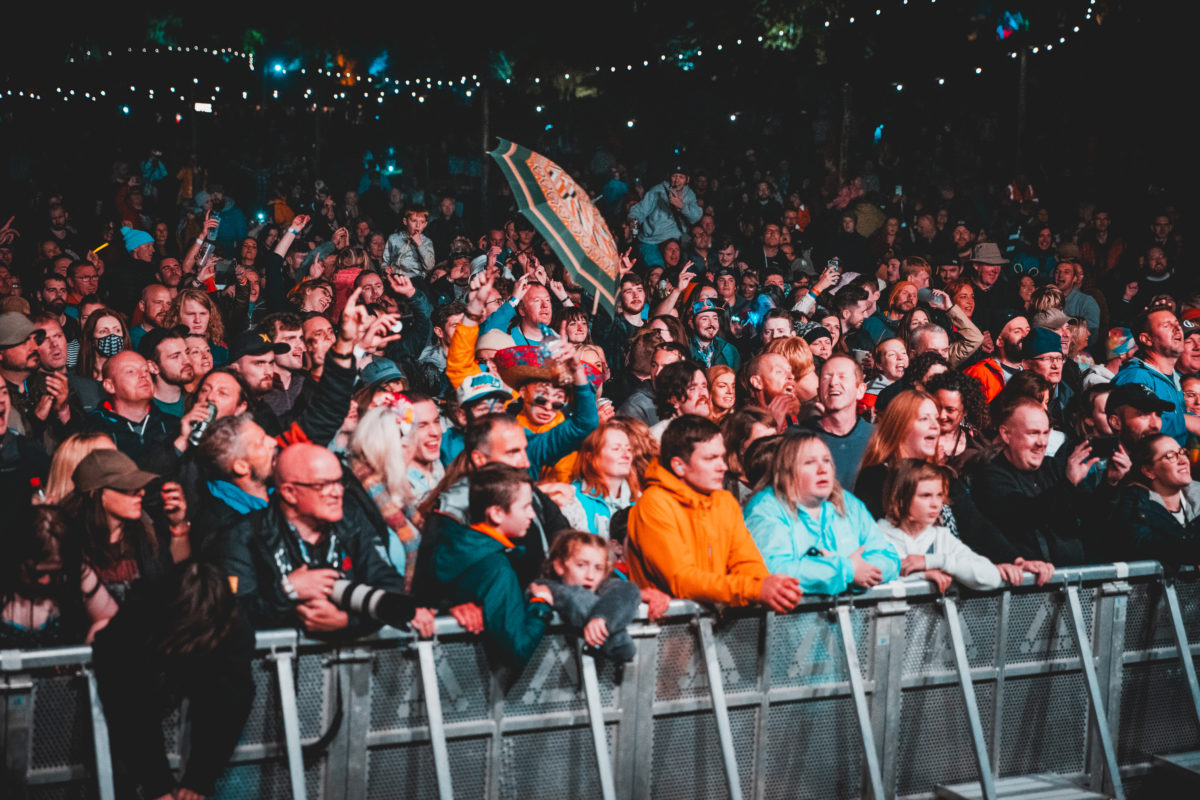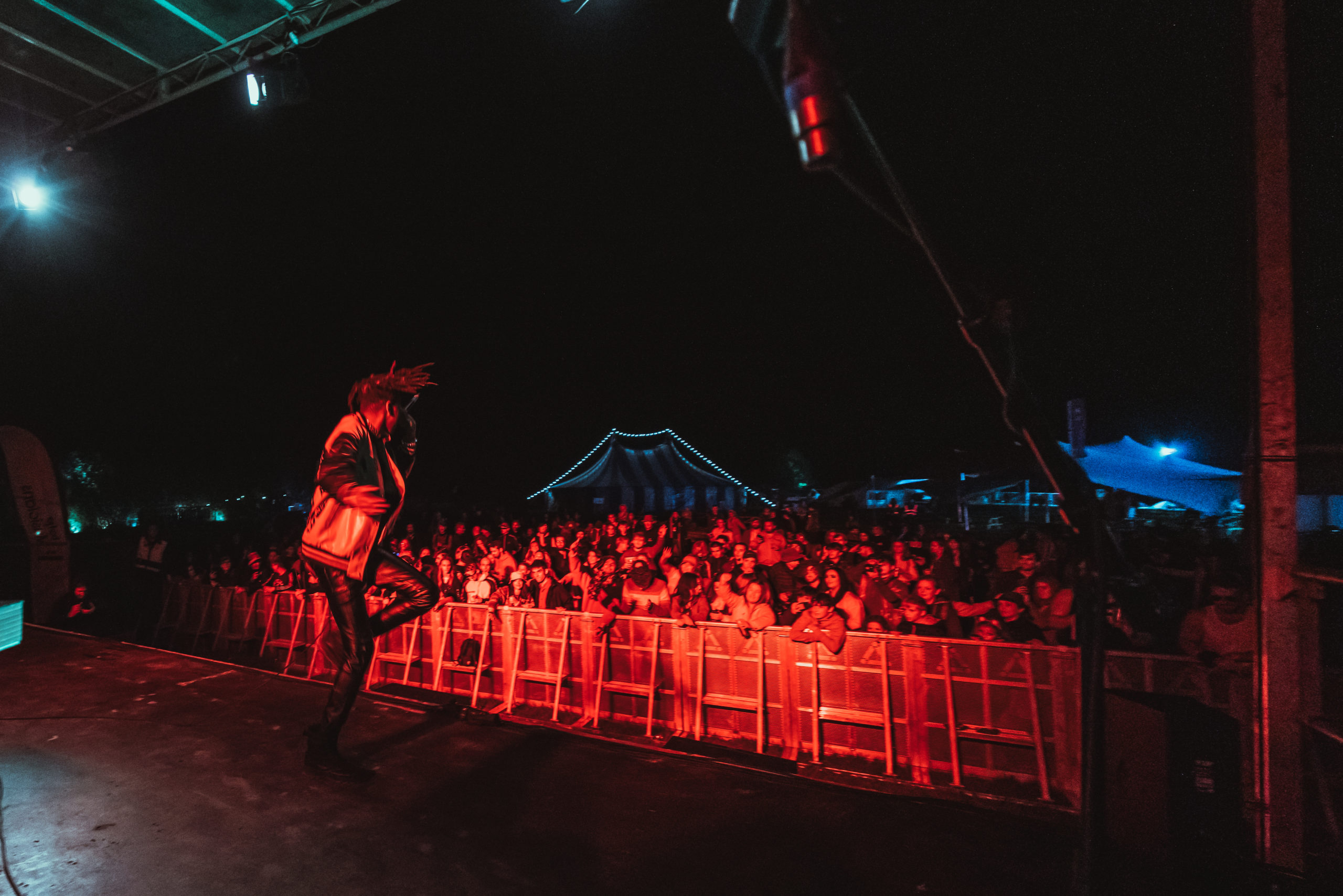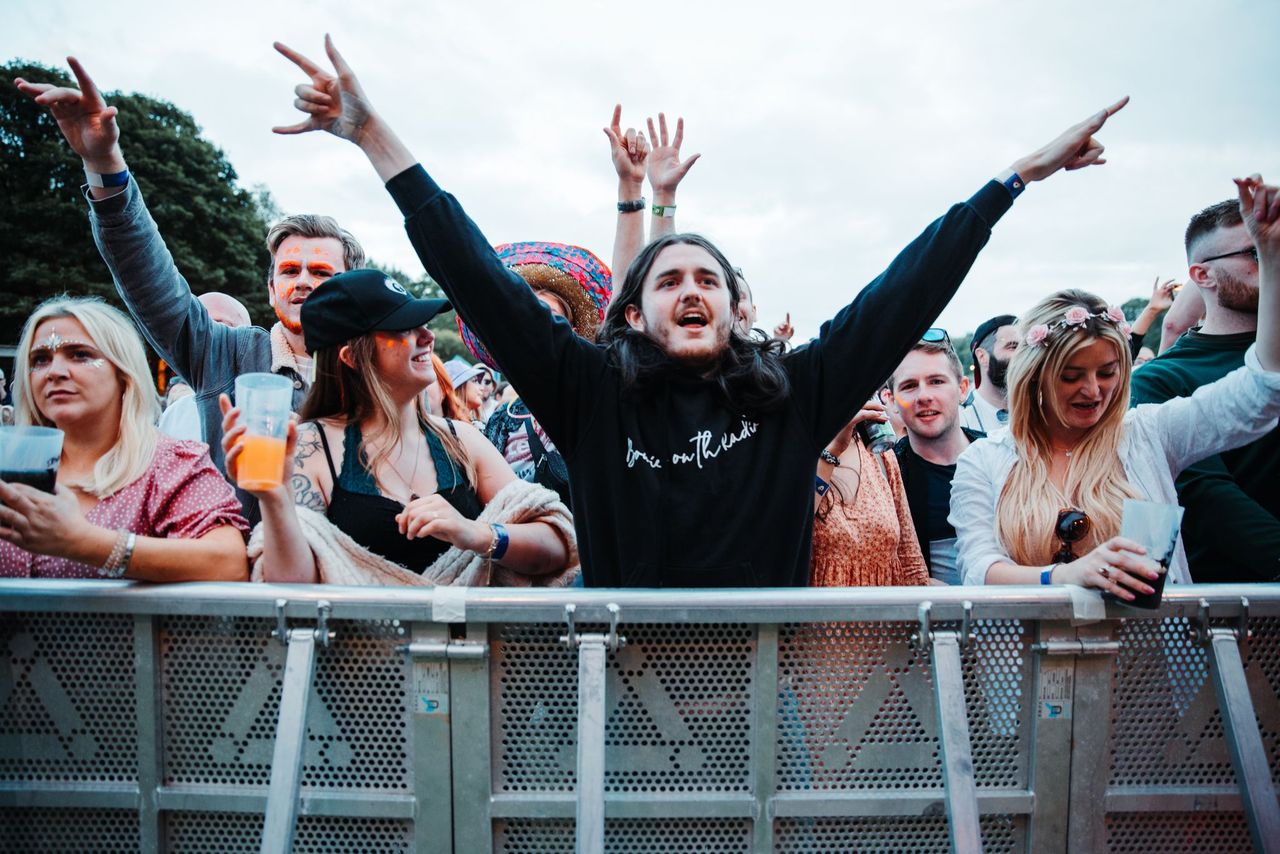5 key takeaways from the island’s first post-pandemic camping festival
 Photo Credit: Ciara McMullan
Photo Credit: Ciara McMullan

Music news is brought to you by White Claw Hard Seltzer. Opening from August 18th until September 5th, White Claw’s Wave of Summer popup will be running from Wednesday-Thursday 4pm – 10pm and Friday – Sunday 3pm – 9pm. The event will be located in Lock 6 in Dublin 6’s Canal Road, 90-minute time slots can be booked through the White Claw Ireland website for more information visit the Instagram page.
5 key takeaways from the island’s first post-pandemic camping festival
Words: Dylan Murphy
Stendhal Festival in Limavady hosted 5,000 people over the weekend highlighting that large-scale events are both necessary and can go ahead safely.
Over the past 18 months, plenty has been said about the non-action of the Irish government in providing a roadmap for the events industry. While gigs in the South have been reduced to unsustainable events made of pods of six scattered across bare fields, Stendhal in Limavady hosted 5,000 this weekend in Ballymully Cottage Farm. Despite feeling worlds away from the situation in the Republic of Ireland, over 60 acts played to crowds only a couple of hours north of the border.
With the likely cancellation of Electric Picnic fresh in my mind, I headed to the tenth edition of the festival to see live music for the first time since March 2019 and give a frank rundown on how it unfolded and the key takeaways from the event.
Experts were allowed to do their jobs

You get the feeling that the Irish government don’t trust key industry figures to execute large scale events in Ireland despite their years of experience, the blueprints laid out in other countries and the overwhelming evidence that concerts can be carried out safely. Meanwhile, in Limavady event organisers were trusted to do what they do best and predictably, it went incredibly well.
While there is no data available from the festival as of yet in regards to positive cases, anecdotally I can say there was never a moment I felt unsafe or things got out of control. The small details of the festival from the way the site was designed down to the stage curation and timings meant that safety was prioritised any danger of overcrowding was mitigated.
It comes after their pilot weekend in July 2021 which was the first music festival to take place on the island for nearly 18 months. It hosted a much smaller crowd of around 2,000 and provided the confidence necessary to bump the crowd up to 5,000 in August.
It felt like a ‘normal’ festival
While the necessary safety measures were in place, it didn’t compromise the experience one bit. There were no painful waiting times resulting from any additional restrictions and I got to meet all the archetypical characters you routinely see at a festival: the young fella who snuck in covered head to toe in muck, the person who goes too hard on day one and is bed-ridden by day two and the people more concerned with filming the gigs on their phone than watching them – and you know what, it was all beautiful.
Moreover, a year and a half without crowds can obscure your memories of what it’s like to be at a festival. Don’t get me wrong, it was a reduced capacity and there weren’t the packed tents you’d see at Electric Picnic, but I was quickly reminded that not all events are built the same and it was no different to plenty of festivals I’d been to before. I’d genuinely forgotten how much space naturally unfolds amongst large swathes of people and how not every festival experience entails being thrown about a sweaty mosh pit as nice as that can be.
Large scale social gatherings are needed for reintegrating into a post-covid world

I was a bit nervous ahead of the festival, but not about Covid. I’m double jabbed and reasonably sensibly, so if I got a bad dose of the virus I’d put it down to being unlucky. However, it was the first time in 18 months I was being thrown into an experience where I’d inevitably meet a host of people I hadn’t seen in a long time and likely make a lot of new friends. Even as an extroverted person, my brain was plagued with thoughts like “What if I forget how to talk to people”, “Have I become socially inept”, “Will I be able to comfortably hang about with more people in a weekend than I did in a half a year?”
We’ve been conditioned to be more reclusive and my social battery feels like its capacity has been cut in half over the past year, but I was quickly reminded that these experiences give more than they take. Rather than struggling to find a conversational rhythm, being introduced to a host of new people actually became a source of inspiration and reassurance that after a bit of work our social skills do replenish.
Seeing live music again was everything I’d hoped it would be

Everyone is different and while a lot of people are more than happy to see live music from a socially distanced pod of six it’s not for me. Promoters and bookers in the south are working with what they are being permitted to do right now, but getting the real experience of being amongst a crowd of like-minded people belting out the words to songs you’ve only got to hear through headphones until now is unmatched. Throw in a rake of pints and some long overdue hugs and it’s an emotional recipe for magic.
These are essential human experiences

Technology is great, but being stuck indoors over the past 18 months has meant we’ve all spent more time on our phones than we would’ve liked and often we’re constantly being reminded of the chaos unfolding outside our window.
It’s not good for your head and only after returning home after full three days away from my phone getting lost to music with good friends reminded me that it’s an essential experience for the soul.

Music news is brought to you by White Claw Hard Seltzer. Opening from August 18th until September 5th, White Claw’s Wave of Summer popup will be running from Wednesday-Thursday 4pm – 10pm and Friday – Sunday 3pm – 9pm. The event will be located in Lock 6 in Dublin 6’s Canal Road, 90-minute time slots can be booked through the White Claw Ireland website for more information visit the Instagram page.